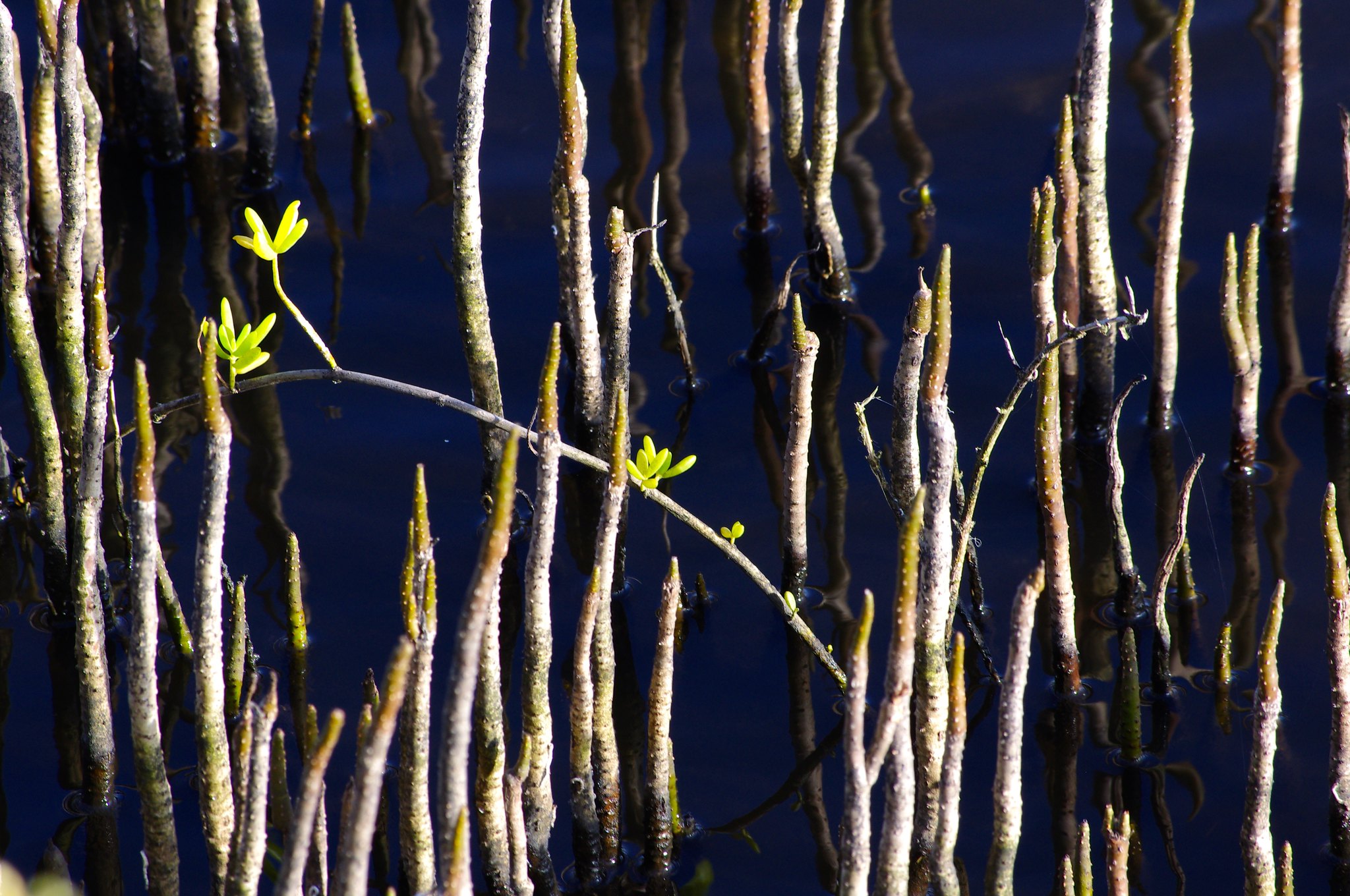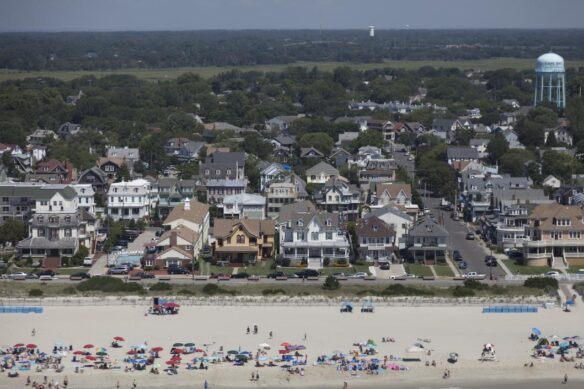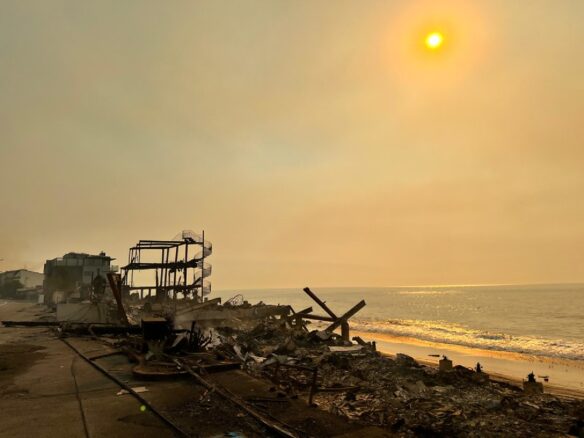Excerpt:
As the climate warms, mangroves are migrating farther poleward, transforming the coast as they go.
Two decades ago ecologist Ilka C. Feller heard about a plant advancing at an unprecedented rate into a coastal restoration site near Merritt Island on Florida’s Atlantic coast, midway between Miami and Georgia’s southern border. The plant was a mangrove, a tree that thrives in salt water and grows in stands along the ocean’s edge. The tree’s roots form a tangle that extends several feet out of the water, and its thin, tawny trunk and branches reach up into a dense canopy of waxy, jadelike leaves. Stands can stretch for miles, forming a biologically diverse forest that builds land by trapping sediment and protects coastlines from erosion, waves and storm surges. Mangroves have long defended coasts against hurricanes, cyclones and tsunamis, which researchers have shown are more deadly along shores without the tangled trees. Mangroves capture vast amounts of carbon, too.
There are more than 70 species of mangrove, adapted to hot habitats with soil low in oxygen. They filter out almost all the salt that enters their roots and thrive in places where few other plants can. They grow around the world but only at tropical and subtropical latitudes, in places that don’t have periodic freezes, which can prevent the plants from becoming established. Mangroves were not supposed to be at Merritt Island, but when Feller showed up in 2002 and started looking around, there they were.
Feller then drove to Tomoka State Park, about 70 miles farther north along the Atlantic coast. A park ranger told Feller there were no mangroves there, but she decided to look anyway. Sure enough, a few hundred yards past the ranger station she found small mangrove shrubs dotting the salt marsh. The following morning she drove another 40 miles north toward St. Augustine, Fla., which is only 60 miles south of the Georgia line, and she found a few isolated mangroves there, too…









